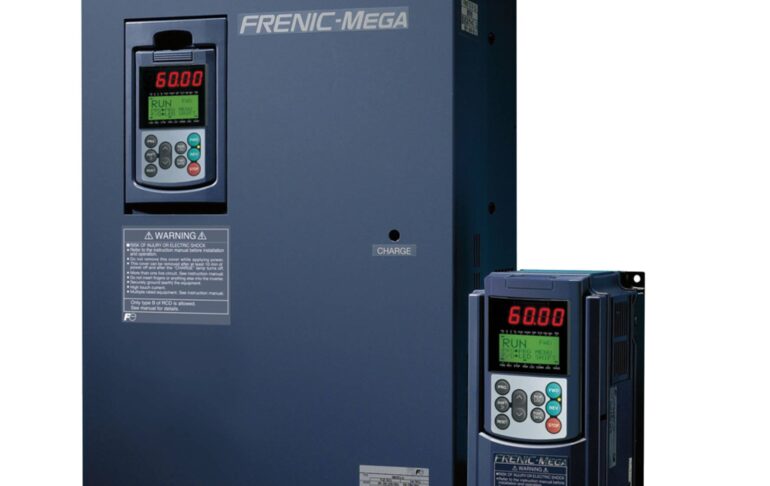
Variable Frequency Drives (VFDs) are devices that control the speed of electric motors. They’re crucial in various industries for adjusting how fast motors run. Here’s a clear overview of what VFDs are, how they work, their benefits, and where they’re used.
1. How Variable Frequency Drives Work
- Basic Function: VFDs change the electricity going to motors to control their speed. They adjust both the frequency and voltage of the power supply.
- Main Parts:
- Rectifier: Converts AC power into DC.
- DC Bus: Stores and smooths out the DC power.
- Inverter: Changes DC back into adjustable-frequency AC power.
- Control System: VFDs use smart technology to manage motor speed and power based on sensors and programmed settings.
2. Benefits of Using VFDs
- Energy Savings: By adjusting motor speed based on need, VFDs can save a lot of energy compared to fixed-speed setups.
- Soft Start/Stop: VFDs let motors start and stop smoothly, reducing wear and tear on equipment.
- Precise Control: They offer precise control over motor speed, which is crucial for many industrial processes.
3. Applications of Variable Frequency Drives
- HVAC Systems: VFDs are common in heating, ventilation, and air conditioning to adjust fan and pump speeds as needed, saving energy.
- Industrial Use: They control motors in factories for things like conveyor belts, pumps, and compressors to optimize performance and save energy.
- Renewable Energy: VFDs help adjust the speed of wind turbines and solar panels to maximize energy production.
4. Considerations and Challenges
- Harmonics: VFDs can sometimes cause electrical issues like harmonic distortion, which needs to be managed.
- Motor Heating: Running motors at low speeds for a long time can make them heat up, so proper cooling is important.
5. Future Trends
- Smart Integration: VFDs are increasingly connected to the internet for remote monitoring and maintenance.
- Energy Efficiency: Stricter rules on energy use are pushing more industries to use VFDs to save power and money.
Variable Frequency Drives (VFDs) bring several key benefits:
1. Saving Energy and Money
- Efficiency: VFDs adjust motor speed to match what’s needed, cutting down on energy use compared to fixed-speed motors.
- Cost Reduction: Lower energy bills and less wear on equipment mean fewer maintenance costs.
2. Better Control and Flexibility
- Precise Speed Adjustment: VFDs can fine-tune motor speed, making processes more efficient.
- Adaptability: Motors can change speeds easily, adapting to different production needs without needing mechanical adjustments.
3. Improved Performance
- Enhanced Operations: Optimal motor speeds improve overall efficiency and productivity.
- Equipment Protection: Gentle starting and stopping extend the life of machines, reducing breakdowns and downtime.
4. Environmental Benefits
- Lower Emissions: Using less energy means fewer greenhouse gases are released.
- Meeting Standards: VFDs help meet energy efficiency rules and environmental regulations.
5. Versatile Applications
- Many Uses: From HVAC systems to manufacturing, VFDs are used widely.
- Industry Standard: They’re trusted in industries for their reliability and effectiveness.
6. Long-Term Value
- Return on Investment: Though upfront costs may be higher, the savings and benefits over time make VFDs a smart choice.
- Future-Ready: Using VFDs prepares businesses for future energy demands and regulations.
In summary,
Variable Frequency Drives offer clear advantages: they save energy, improve control, boost performance, benefit the environment, and provide long-term value across various industries.
Tags : nma group variable frequency driveCategories : NMA Group


